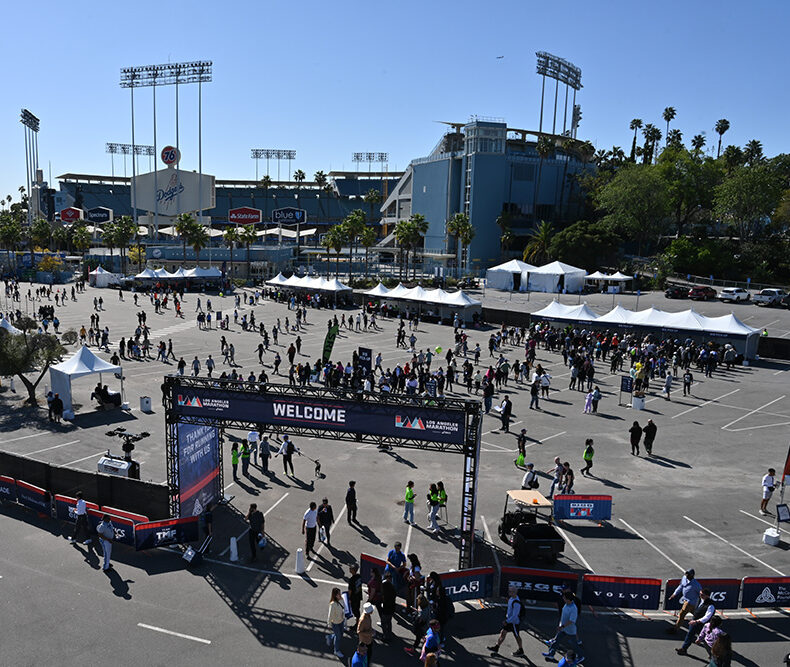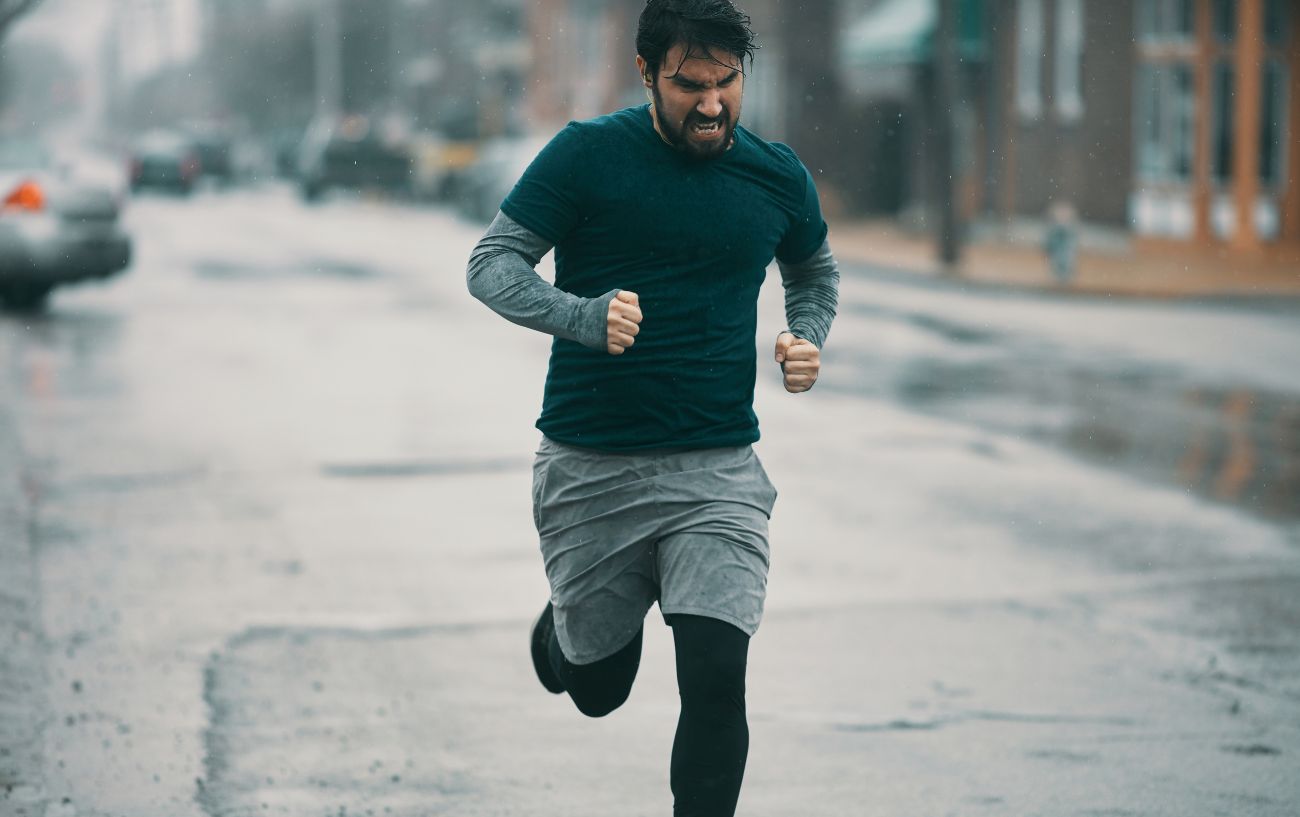We are now running and walking distances that are under 6 miles, and these shorter distances provide an opportunity to join other pace groups. Use this time to choose which pace group fits you best, not just with the pace, but also the culture. Find a pace group that is comfortable for you.
As the season progresses, your pace group may change from week-to-week, depending on your goals. Focus on your own happiness. We want you to enjoy training with the Leggers.
As we get deeper into our season, new runners may wonder, what skills are we developing as we train? That’s not an easy question to answer, because our members train for so many different reasons. We have members that run and walk long distances, but not for a race. Instead, they focus on health and fitness. Some are new to long distance running and walking, while others have run for decades. Some are returning after a hiatus. Many train for other races: anything from 5K’s to ultramarathons.
We have a wide variety of runners and walkers, but we have one thing in common, a shared goal. We all desire to run and walk at long distances. We want to develop the ability to finish these distances, feeling well, so that long distance running remains enjoyable and something to return to each week. My recommendation? We avoid completing these distances at such a high level of effort that we feel miserable afterwards, either physically or emotionally.
Most importantly, how will we achieve our goals? The fact that you signed up with the Leggers means that you understand that this take patience, gradual improvement, and time. The Leggers use a time-tested process, incrementally increasing our distance gradually each week. Over our hard-easy cycles, we do not increase our average weekly mileage by more than 10% each week.
A lot needs to happen in between now and the LA Marathon. More than simple athleticism, we are developing three main “tools”: (1) physical strength, (2) mental stamina, and (3) our personal self-awareness of how we react to the stress long distance running. We are learning how to string “good miles.” You will learn that you cannot have a “good mile” at mile 20, if you did not have a good mile at mile 19. Each mile that we run builds from the previous.
With long distance training, everything is cumulative. As we train, we become depleted and we have no halftime to regroup. Long distance training is difficult, and we learn to avoid making things worse, being our own worst enemy. In the span of one LA Legger season, we develop what it takes to string together good miles, gradually increasing our distance each week, completing our runs and walks safely, and feel relatively good at the end. It takes time. In our plan it takes weeks and months but, “things that are built to last are not built fast.”
Running these distances is demanding, challenging, grueling, and difficult. When it comes to our physical ability, eventually, we will reach the limits of innate skill. Some of us are built for running and some of us are not. We will reach our physical limit.
Nevertheless, when we finish a long distance, we improve our mental stamina, and we have control of that. When we’re training long distances, the mind controls the body, not the other way around. If we are training to and beyond 20 miles, that means several hours continuously moving forward in challenging conditions. We are not just taxing on the body; we tax our minds and emotions. We develop mental and emotional endurance, the same way we develop physical endurance. To last these distances, that only comes with practice and experience, built with each incremental training run or walk.
The mind controls the body, and we need mental stamina to make good decisions when fatigued. And good decisions are based on our third tool, our personal self-awareness, how we react to a long distance run. Not only our bodies, but our minds also adapt to make better decisions. Our self-awareness will grow to include how to adjust for hot weather, humidity, cold and dry weather, our need to eat, to take electrolytes, and to adjust our pace when fatigued.
If our run or walk does not go according to plan, how will we adapt? You will learn how you feel during your run/walk and afterwards. Your experience will help you in your everyday life, at home, at school, and at work. We want our ability to make decisions to push the odds in our favor, wherever we are.
When we make decisions during long distance training, we learn what works for us, something that is different for everyone. This season you will gain experience figuring out what works best, not just with our shoes and socks, but with everything running, and you will learn to run and walk long distances effectively. This process never ends. Even over a decade, people discover how to improve.
Long distance training can be enjoyable and gratifying. Over the course of the next 30 weeks, let’s make this a positive experience, enjoyable and challenging. We hope this season sustains you over a long and enjoyable running career, and that everyone finishes this season with physical and emotional benefits that last for years to come. Each week, through experience and experimentation, every member will find what works best for them. As a mentor and a Legger, I am gratified to share every step of the way with you.





